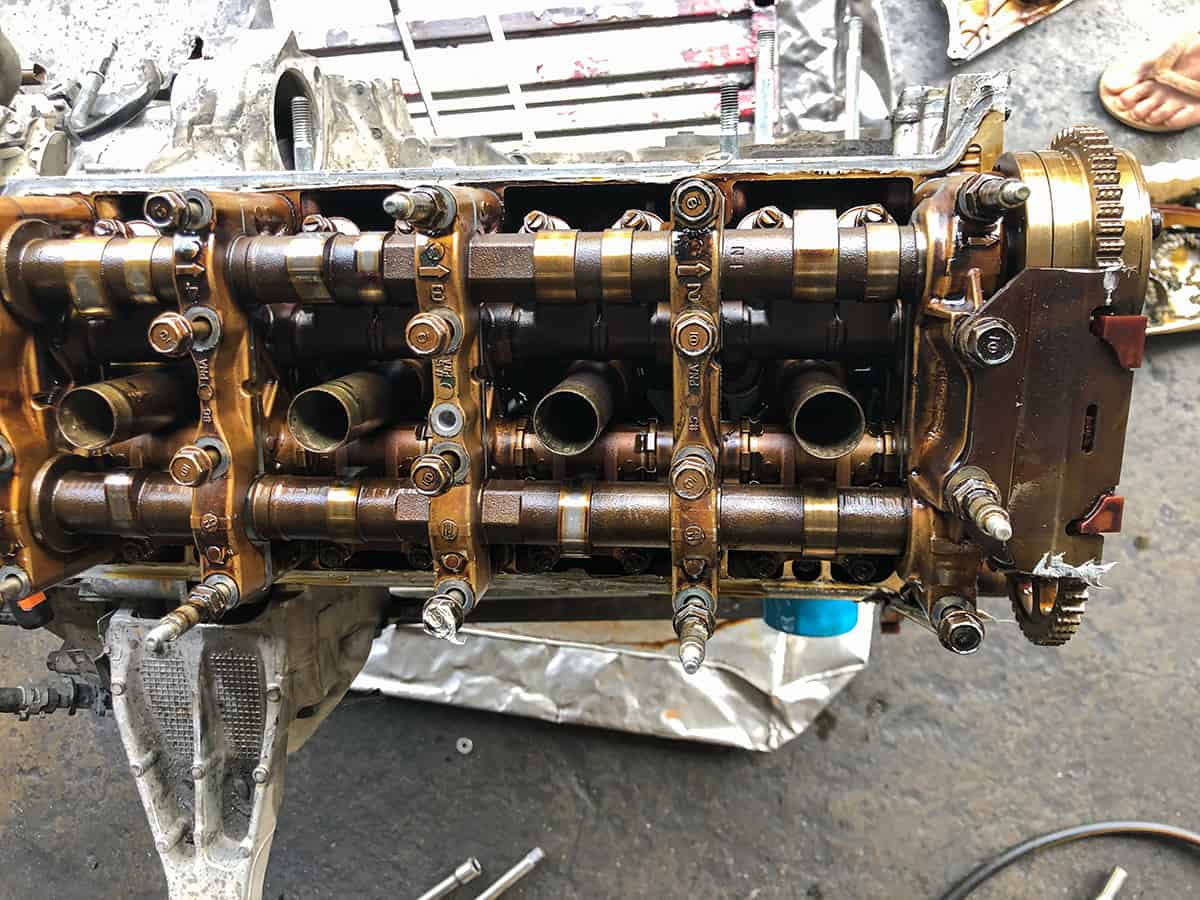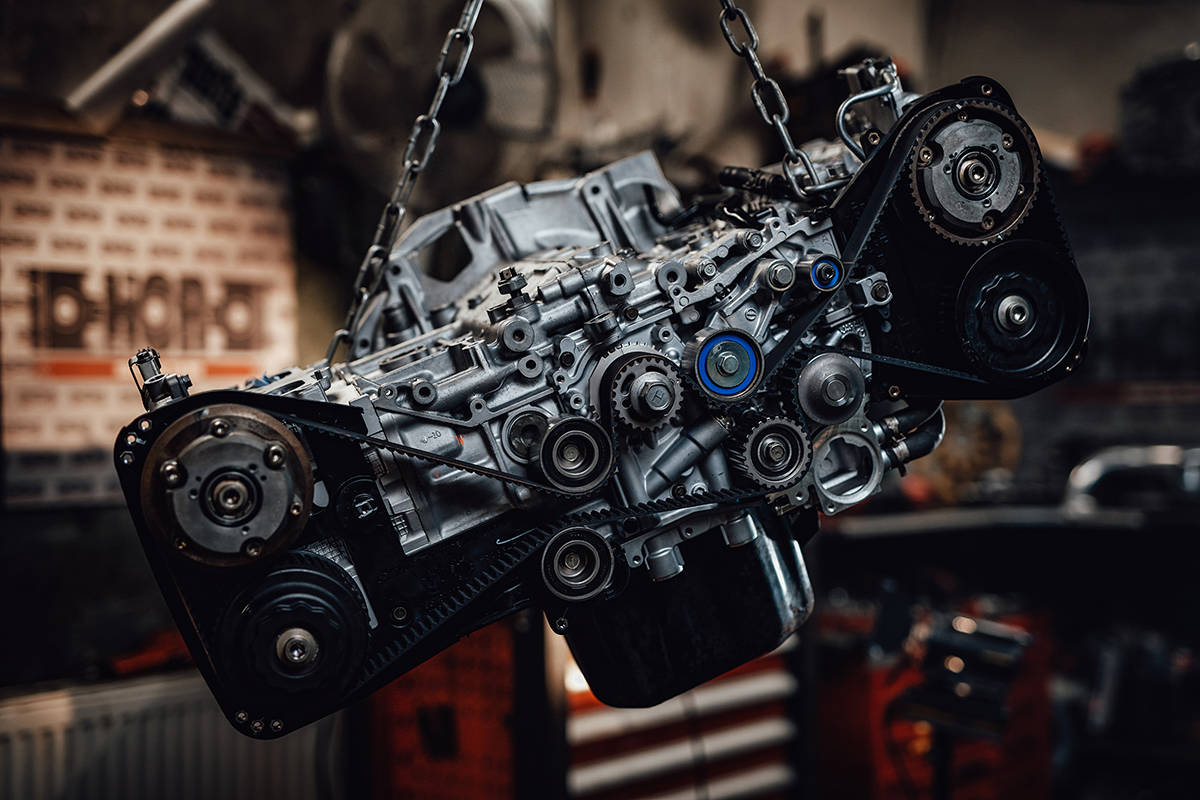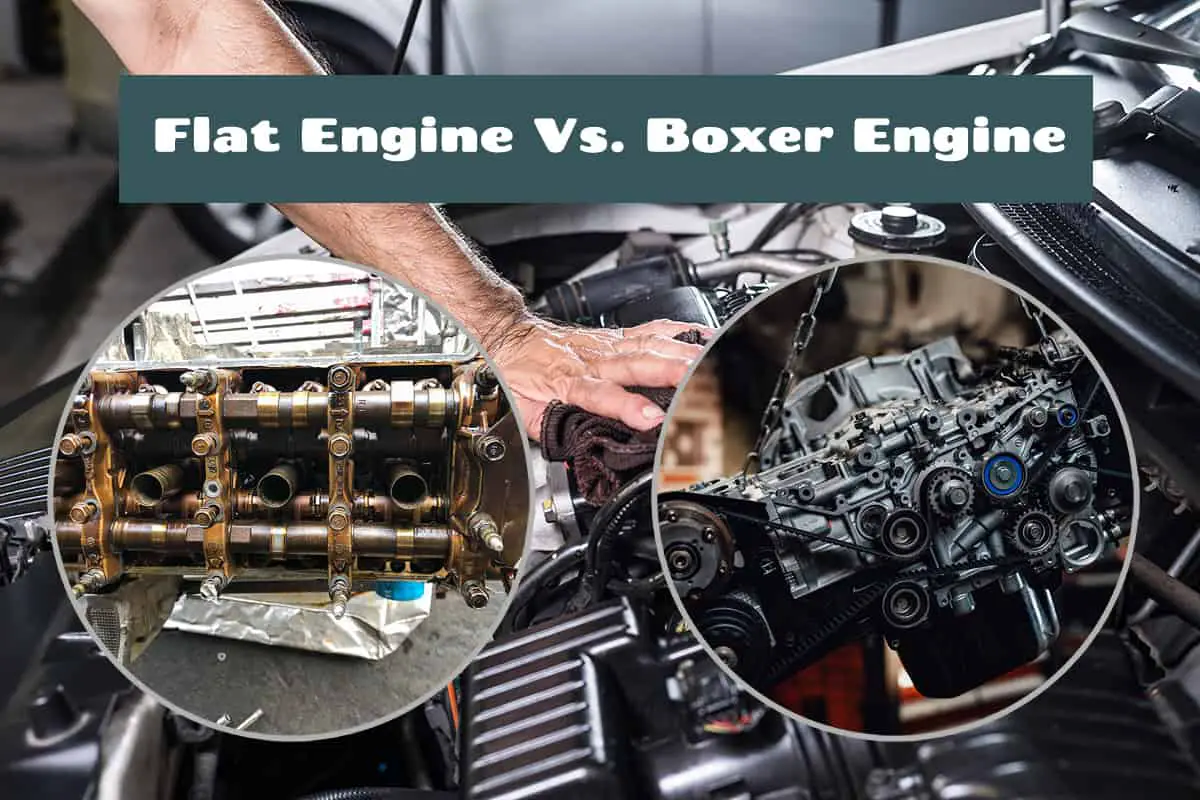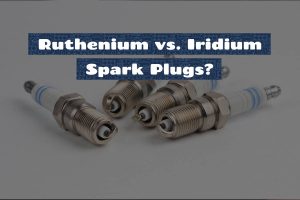The design of an engine determines how that vehicle performs. Among the various engine configurations available, flat and boxer engines have gained a distinct reputation for their unique design and the performance attributes they offer. Both these types boast a different take on engine layout.
Flat engines and boxer engines, while similar in their horizontal piston layout, diverge significantly in their operational dynamics. Key differences include:
- Piston movement: In a flat engine, pistons on both sides move together, while in a boxer engine, pistons move in an opposing manner.
- Crankshaft design: Flat engines have a shared crank pin, whereas boxer engines have separate crank pins for each piston.
This article will discuss the intricacies of flat and boxer engines, comparing their mechanics, performance, fuel efficiency, and real-world applications.
Anatomy of the Flat and Boxer Engines
When it comes to flat and boxer engines, the anatomy significantly contributes to their unique operational dynamics and performance characteristics. The configuration of pistons, cylinders, and the crankshaft in these engines differentiates them from conventional inline or V-type engines.
Inside a Flat Engine

Flat engines, also known as horizontally opposed engines, are characterized by their horizontally flat layout with pistons lying opposite each other. This engine configuration gets its name from the positioning of its cylinders in a straight line along a flat plane.
In a flat engine, pairs of pistons share a common crank pin on the crankshaft, and move in unison. This arrangement results in a balanced engine with lower vibrations, as the momentum of one piston offsets the momentum of the opposing piston. Moreover, this design offers the advantage of enhanced vehicle stability and handling.
These engines are generally seen in aircraft and high-performance cars where power, balance, and stability are of high priority. Some manufacturers also use flat engines to reduce the overall height of the engine, which helps in designing vehicles with a more aerodynamic profile.
Inside a Boxer Engine

Boxer engines, although similar to flat engines in the horizontal layout of cylinders, operate differently. A boxer engine is essentially a flat engine where each piston has its own crank pin. This means that while pistons in a flat engine move together, pistons in a boxer engine move in an opposing manner, just like a boxer’s fists in a fight, hence the name.
This unique setup allows for better engine balance and lower vibrations since the opposing motion of the pistons cancels out their momentum. Moreover, the separate crank pins ensure that a failure in one cylinder doesn’t directly affect the other.
Boxer engines are praised for their smooth operation, low center of gravity, and compact design. They’re often found in vehicles that prioritize handling, balance, and performance. Notably, they are a trademark feature in Subaru vehicles and certain Porsche models.
Like flat engines, boxer engines are also more complex and expensive to manufacture and maintain. They require separate crank pins for each piston, and the need for additional parts can add to the cost. However, their unique performance characteristics often outweigh these drawbacks for certain automotive applications.
Flat Engines vs Boxer Engines: A Comprehensive Comparison
Engines are central to vehicle performance and choosing between flat and boxer engines can significantly impact the power delivery, fuel efficiency, durability, and cost of your vehicle.
Performance and Power Delivery
Flat engines, with their simultaneous piston movement, provide stable and smooth power delivery. Their design effectively reduces vibration, contributing to a smoother driving experience. However, they may not deliver as much torque as their counterparts due to the shared crank pin setup.
Boxer engines provide a high torque output due to the separate crank pins for each piston. They also offer a smooth driving experience with their unique ‘punch-counter punch’ movement of pistons.
Fuel Efficiency and Emissions
The fuel efficiency of an engine largely depends on its design and operation. Flat engines tend to be less fuel-efficient due to their larger surface area which leads to more heat dissipation.
Conversely, boxer engines are generally more fuel-efficient as they allow for better heat management. But this also depends on other factors such as vehicle weight, aerodynamics, and driving conditions.
Regarding emissions, it’s difficult to generalize as it’s influenced by factors such as the engine’s design, fuel type, vehicle maintenance, and the presence of emission control systems.
Durability and Maintenance
Flat engines are known for their durability and longevity, but their maintenance can be more costly due to the complexity of their design. The need for two cylinder heads and exhaust manifolds increases the part count, and therefore the potential points of failure.
Boxer engines are also recognized for their robustness, but like flat engines, their maintenance can be expensive. The separate crank pins increase the number of parts, which can escalate repair costs.
Noise, Vibration, and Harshness (NVH) Levels
In terms of NVH, both flat and boxer engines perform well due to their balanced design. Flat engines deliver a smooth operation with low vibration, providing a comfortable ride. Boxer engines also excel in reducing vibrations, thanks to the opposing piston movement that cancels out unbalanced forces.
Cost Implications
Both flat and boxer engines are more expensive to manufacture due to their complex design and higher part counts. This makes vehicles equipped with these engines pricier. The cost of maintenance for these engines can also be high due to the increased complexity.
FAQs
1. Which is more common—flat engines or boxer engines?
Boxer engines are more common in the automotive industry. They are regularly used by manufacturers such as Subaru and Porsche due to their balance, low center of gravity, and performance characteristics. Flat engines, while not as prevalent, are found in some high-performance and luxury vehicles and in aircraft due to their stability and smooth operation.
2. Do flat or boxer engines provide better performance?
Flat engines are known for smooth power delivery and low vibration, leading to a stable and comfortable driving experience. However, they may not deliver as much torque as boxer engines. Boxer engines, with their separate crank pins for each piston, tend to deliver high torque output. They also offer a smooth driving experience with low vibration.
If torque and power are your main concerns, a boxer engine might be a better choice. If stability and smooth operation are what you’re after, a flat engine could be more suitable.






